You will admire Echinacea if you enjoy flowers that are both tough and gorgeous. These cheery, daisy-like blossoms are not only gorgeous but also renowned for their natural therapeutic properties!
You can grow them in your garden or on a sunny windowsill.
Here's how to grow Echinacea – I've grown them successfully, and you can too!
Learn About Echinacea Varieties
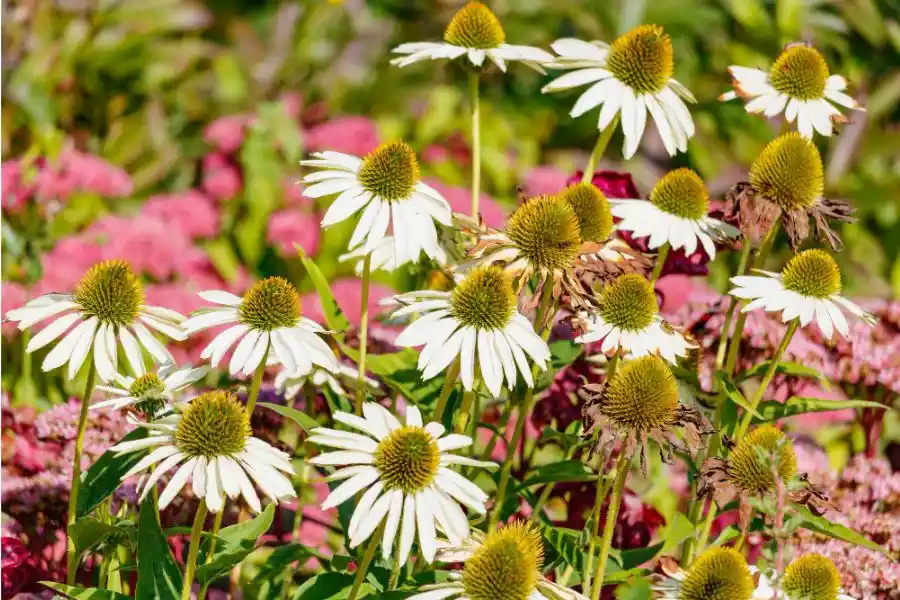
Echinacea is more than simply the traditional purple coneflower. There are about 8 different species!
- The most popular is Echinacea purpurea, with its bold, daisy-like flowers.
- Echinacea angustifolia is a hardy, smaller plant known for its therapeutic properties.
- The delicate, pale petals of Echinacea pallida make it ideal for cottage-style gardening.
- Want to see goldfinch birds in your yard? Grow those bright yellow blooms of Echinacea paradoxa in the fall.
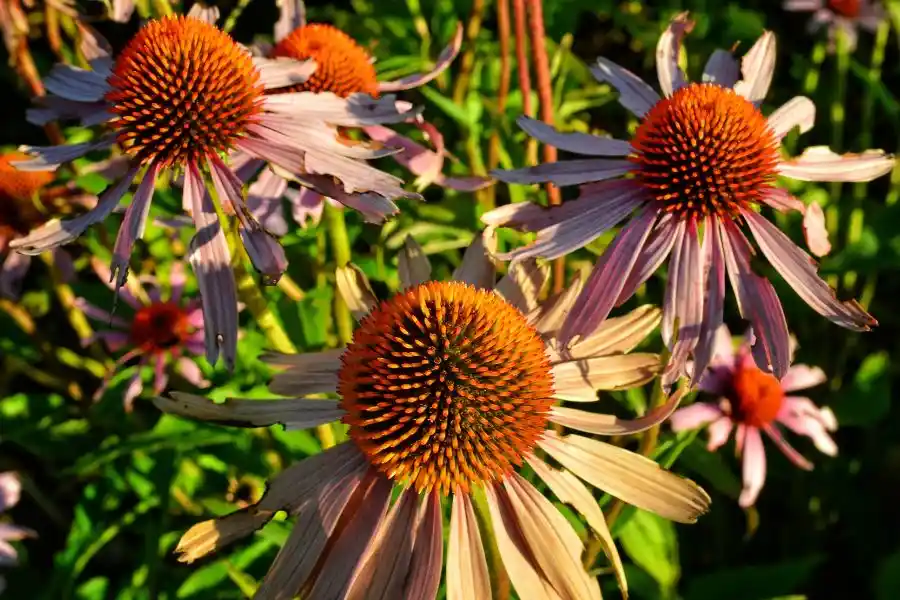
- Echinacea tennesseensis is a delicate and rare kind with light purple blooms.
- Echinacea sanguinea is the earliest to bloom each season.
- You can pick tall ones like Magnus if you enjoy variety as much as I do.
- Alternatively, you might choose Tweety, which has colors of sunlight yellow and blazing orange.
I'm cultivating a gorgeous green-and-pink variety named Green Twister this year. It's a showstopper, I promise!
| Interesting Fact:A mature Echinacea plant can grow up to 2 feet wide before the center starts to die off. Then, it's time to divide the plant to keep it healthy. |
How To Grow Echinacea
Want a beautiful flower garden with bees and butterflies flying around? Then, try to grow Echinacea. You can plant these flowers easily from seeds.
Echinacea Seeds – What Do They Look Like?
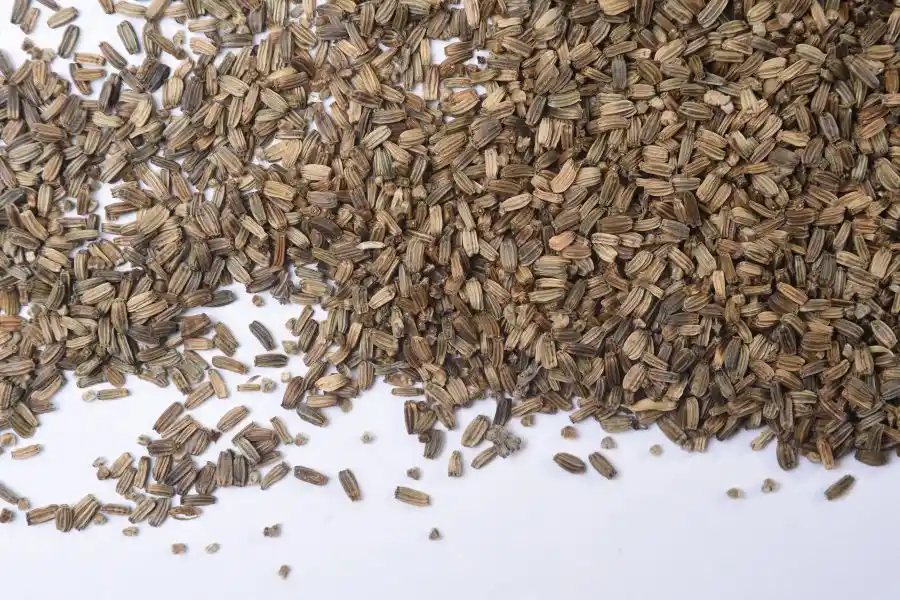
The seeds of Echinacea are somewhat big and have a papery, light brown shell. They’re easy to handle, and you can spot them right away in a seed mix. No guesswork is needed.
Cold Stratification
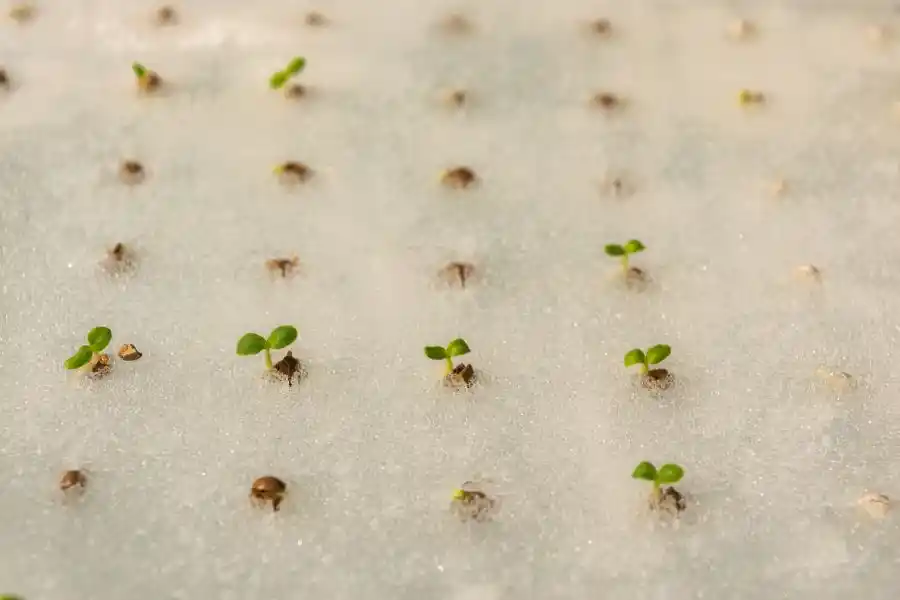
Now, here’s a little secret: most Echinacea seeds (except E. purpurea) need a cold slumber to sprout. It is known as “cold stratification” and simulates the natural chill of winter.
The simplest method? The “winter sowing method” is one that I enjoy using. Fill a milk jug with soil, add your seeds, and then set it outside. The cold will do the rest. Rain and snow will do the watering.
Would you prefer a cleaner option? Place the seeds in a moist paper towel, cover them with a plastic bag, and store them in the fridge for about 1 to 4 weeks.
By the end, you'll probably see a few growing, and those are the ones you planted!
| Some Health Benefits of Echinacea:Echinacea is known for boosting the immune system, reducing inflammation, easing sore throats, healing minor wounds faster, and protecting against cancer. |
When to Plant Echinacea
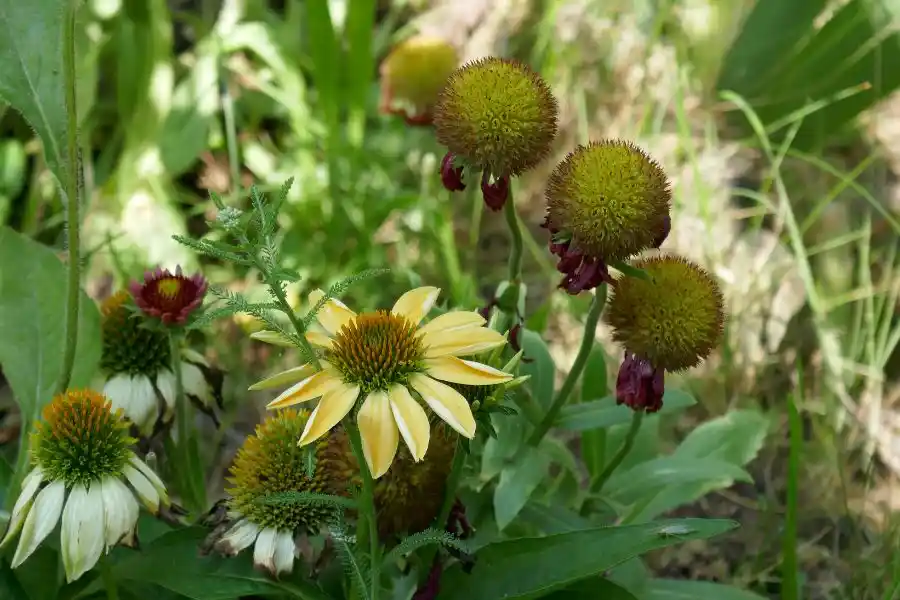
When planting Echinacea, timing is crucial. Technically, you can plant the seeds at any time of year. However, it often takes those stunning Echinacea plants 2 years to reach their full size and begin to blossom.
I prefer to sow them in late fall for outdoor planting. If you like to keep Echinacea plants indoors, you should sow seeds for approximately 6–12 weeks just before the last frost.
How to Grow Echinacea Indoors

After the cold stratification, it's time for you to plant your favorite Echinacea:
| – Use a deep pot or box. Echinacea likes to stretch out its long taproot. – Plant seeds about ⅛ inch deep, cover with soil, and keep the tray covered. – Keep your seeds between 65 and 75°F. The soil won't be dry out, but also not soggy. – After 10 to 20 days, the Echinacea seeds will sprout. Then, place them under bright light. – Your seedlings should be ready to go outside after 3-4 weeks. |
How to Grow Echinacea In the Garden
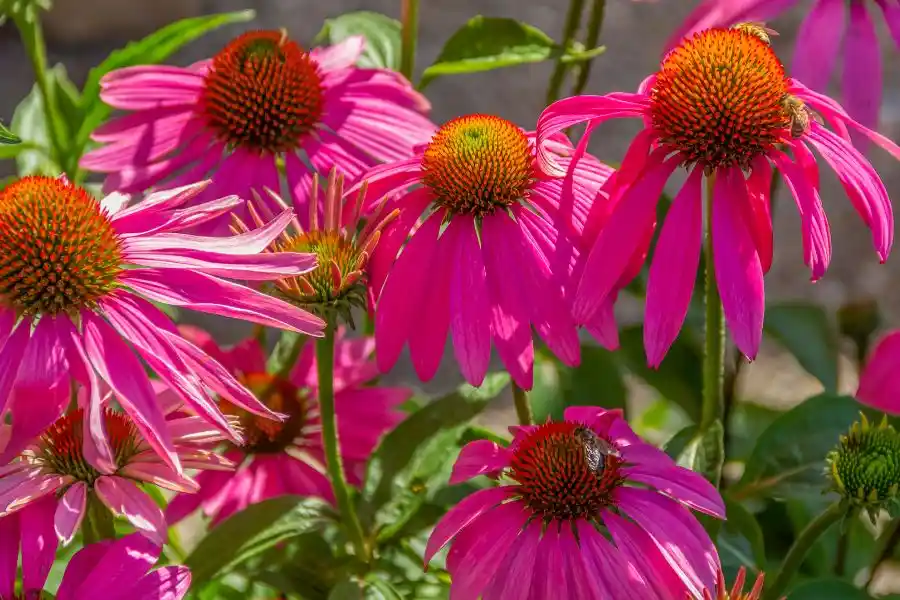
Echinacea is one of the simplest types of perennials to grow. These plants aren't too picky about the soil types they want (but stay away from salty places). Placing them in a sunny spot with well-draining soil will be the best.
After settling, Echinacea can withstand heat and drought. However, it will develop best with steady, even moisture, especially in the early stages.
Pro tip: Allow space for your plants to grow. This helps to promote air circulation and limit illnesses and pests.
| Interesting Fact: Echinacea is the favorite flower of butterflies, bees, and even birds. This will turn the garden into a little wildlife café. |
How to Care for Echinacea
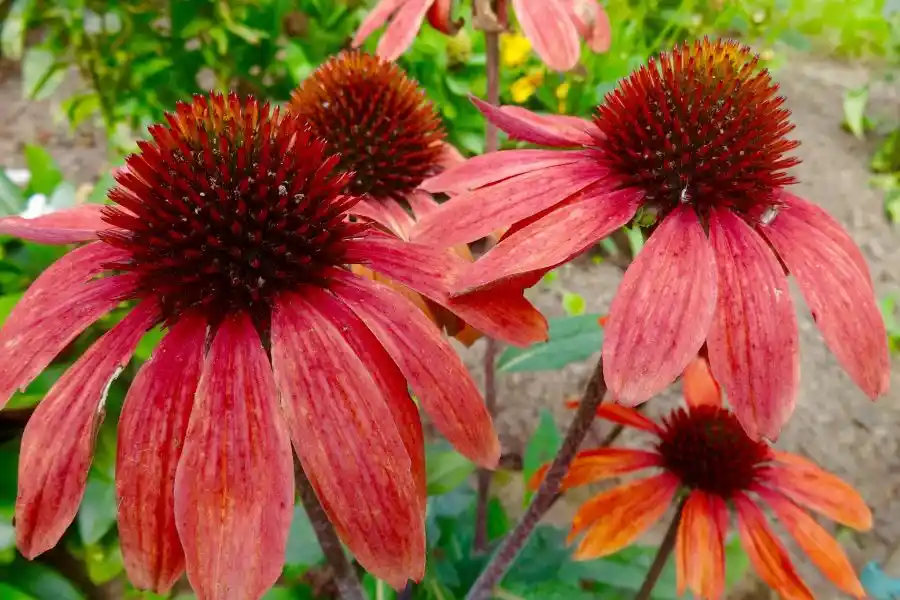
Echinacea requires the lowest maintenance if it is placed in a happy spot. It can live up to 40 years without constant feeding or fussy care routines.
You should divide the root clumps every 4-5 years if you plant Echinacea in the garden. This prevents them from getting overcrowded, as well as giving bonus seedlings around.
| Feed Your Echinacea: You just need to feed the Echinacea one dose of slow-release fertilizer in the early spring. |
How to Protect Echinacea From Pests

Your beautiful Echinacea may be bothered by rabbits (not deer). Easy! Spray hot pepper on the leaves, and they will stay away.
Sometimes, you can see mites, Japanese beetles, or powdery mildew appear. Minimize these problems by using well-draining soil, clearing out all dead stalks, and spacing your plants well.
FAQs
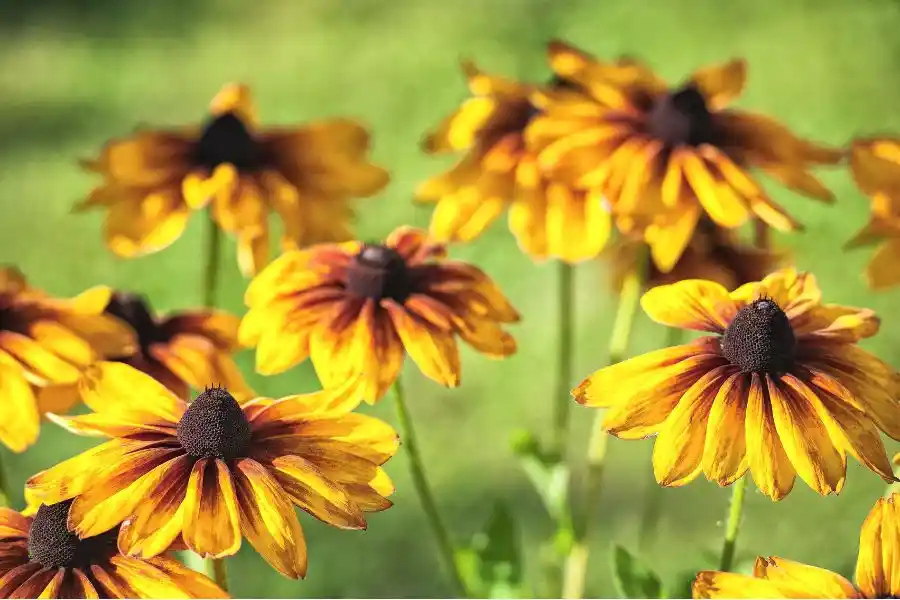
Does Echinacea Spread?
Yes — Echinacea naturally spreads by dropping its seeds in the fall. But here’s the thing: birds love snacking on those seeds, so not all of them can grow into new plants.
When Does Echinacea Bloom?
Don't expect blossoms the first year if you're starting from seed. Echinacea typically starts to bloom in its second year. Once established, you can enjoy these vibrant, pollinator-friendly blooms every year from June to August.
How Often Should I Water Echinacea?
Echinacea needs regular watering when it’s young. Once it’s established, it becomes quite drought-tolerant and only needs occasional watering during dry weather.
Bottom Line
That's why I love growing Echinacea. They are beautiful flowers and friendly to pollinators. Now, you know how to grow Echinacea from those small seeds. So, grab some of its seeds, give them a cold treatment, and plant them.











